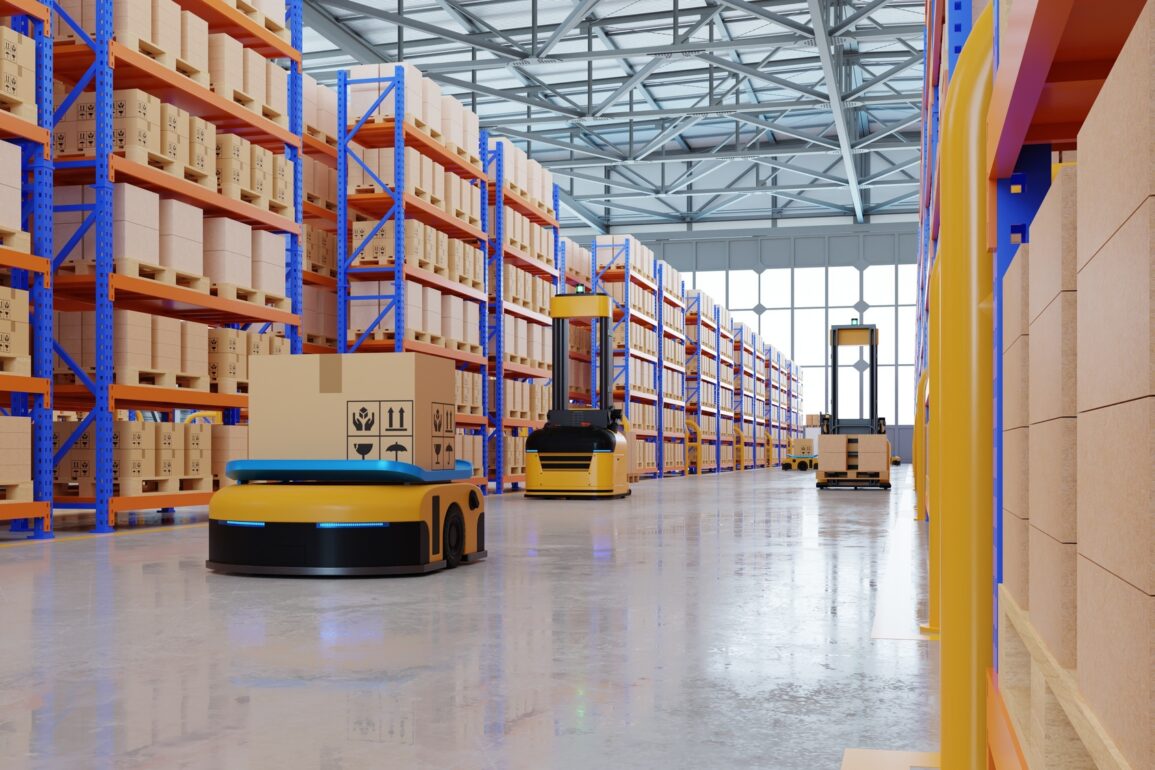Efficient warehouse management is crucial for businesses to meet the ever-evolving demands of manufacturing, production, and customer expectations. To maintain a competitive edge and ensure smooth operations, it is essential for companies to leverage the right technology in warehouse management. By streamlining processes and accomplishing tasks promptly, businesses can optimize their warehouse operations. This article explores several digital tools that can enhance warehouse management and boost productivity.
1. 3PL Software
Businesses like retail and e-commerce utilize providers of third-party logistics (3PL) and warehouse solutions. These tools, such as 3PL software from Softeon and similar companies, allow them to manage warehousing, logistics, and supply chain operations.
There are three types of 3PL software:
- Enterprise Resource Planning (ERP) System
ERP system is a comprehensive platform that aims to combine operational and financial functions. It allows users to manage inventory, accounting, fulfillment, customer relations, and human resources. Key sales or accounting department personnel can access the database to fulfill their tasks.
- Warehouse Management System (WMS)
The software is designed to help warehouse and storage operations pick orders, pack, material handling, and transportation management. The role of WMS is instrumental in automating and streamlining warehouse operations to increase productivity and efficiency.
- Supply Chain Management Suite
The system is dedicated to managing and supervising product development and production, inventory management, and shipping. It helps a business focus on the supply chain process to ensure the functions work well together.
It is similar to WMS. But, it comes with additional features allowing users to track and control freight transportation and supplier relationships.
3PL software removes time-consuming processes, minimizes errors on repetitive tasks, and offers flexibility by using customized features to cater to clients’ needs.
2. Radio Frequency Identification (RFID)
RFID is used in warehousing to track and organize inventory. Warehouse management needs to be accountable for every product in the warehouse, and it can be challenging when there are thousands to take stock and monitor. There are also incidents of products being stolen, missing, or damaged.
Warehouses use a fixed RFID reader or a wireless RFID scanner to transmit product information through an electromagnetic signal. The data are sent to the central database of the warehouse that analyzes and updates it.
A staff attaches an RFID tag to the product or the whole pallet in that shipment. Some programs or apps allow users to input data such as product information names, addresses, and more into the RFID tag’s internal memory. The information is stored and edited accordingly through the different warehouse processes.
Warehouse staff saves time, and productivity is increased through RFID because it helps them locate stocks or products faster.
3. Autonomous Warehouse Picking Tools
Automated picking tools include robots, robotics, or semi-robotic technologies that assist human workers with menial, repetitive tasks. Through these advancements, the time it takes to get to the inventory is slashed, sorting times are cut, and they can pick the best route to get to an area the fastest. Packing items becomes faster with zero errors.
Automated picking tools help reduce wasted resources on inefficient labor and expenses on operations. Workers receive the support they need regarding tasks that improve their productivity and accuracy. They become more efficient because they have assistants that do time-consuming tasks such as finding the orders the workers need.
Users can have total control over inventory handling because they are designed for seamless storage and retrieval. These automated tools contribute to customer satisfaction because delays in orders are reduced through faster inventory sorting, which aids in timely shipping.
4. Automated Storage And Retrieval System (AS/RS)
AS/RS is warehouse technology that has been used for years and has received upgrades that minimize labor costs and improve accuracy. It is controlled by computers that assist in product storage and retrieval in warehouses and other facilities like manufacturing and distribution centers.
There are two types of AS/RS: mini-load and unit-load systems. The mini-load AS/RS transports items in trays or cartons. The unit-load AS/RS handles pallets loads as it is designed to be bigger.
AS/RS helps improve warehouse storage capacity by utilizing vertical spacing or the ceiling height of the warehouse. It is done by a machine that makes the stacking faster.
Warehouses can use many digital technologies to improve productivity in different areas. They can boost performance and keep operations steady while keeping up with the demands of customers.
Takeaway
Digital tools that boost warehouse productivity are 3PL software, RFID, autonomous warehouse picking tools, and AS/RS. These are only among the technologies that boost both productivity and efficiency. They assist in taking care of the stocks, locating inventory quickly, and storing items properly. At the same time, labor costs are reduced, and errors are minimized.

